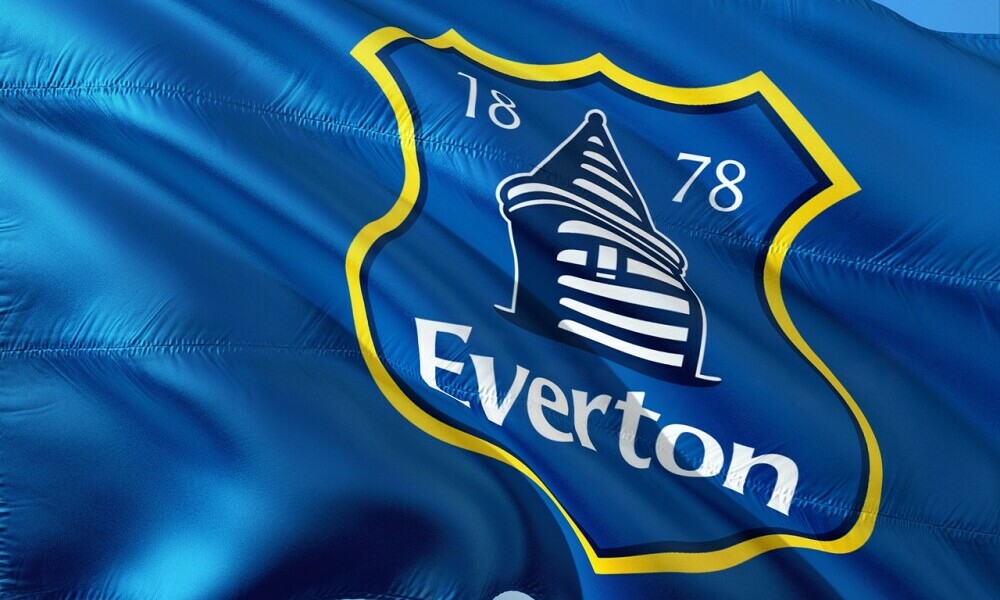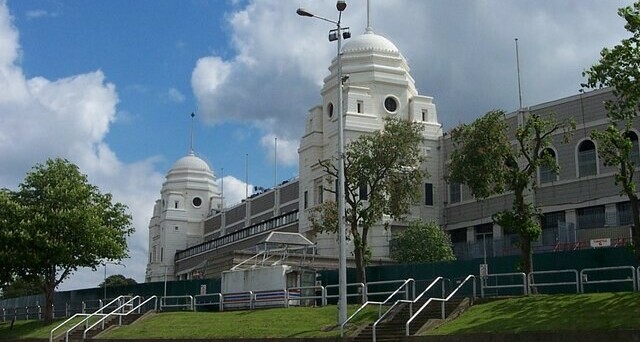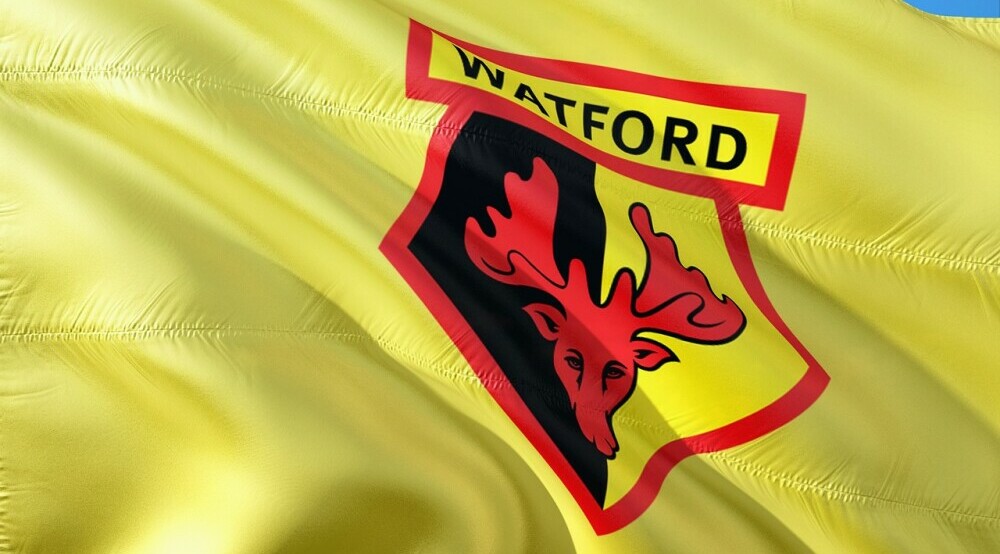1984: Heady Times for the City of Liverpool
Something was stirring in the L4 postcode. Yes, Liverpool had been winning all and sundry over the past ten years or so, but there was also a stirring on the Blue side of the city. Howard Kendall had crafted a team of all talents that would not only win this season’s FA Cup but also go on to win two League Championships and a European Cup Winners’ Cup.
FA Cup 1984: Sharpe Finishes and Gray Areas re Headers
The 1984 FA Cup final at Wembley was not just another match on the calendar. It was the culmination of the domestic season, an event suffused in history. Back in the day, the FA Cup was the be-all and end-all. It was every football fan’s duty to spend this Saturday sat in front of the TV, glued to the build-up and the final. It didn’t matter who you supported, one of the finalists or any other team, the anticipation could have been cut with a knife.

On the one side, Everton, a Grand Old Team languishing from a trophy drought since 1970, managed by one of their greatest-ever players. They eyed the cup like a parched traveller staring at an oasis. On the other side is Watford, up and coming, and equally hungry for silverware. They were led by the formidable Graham Taylor and backed by Elton John’s passion.
The match delivered drama in heaps. From the opening whistle, the contest swayed, with each team carving out chances – Watford’s were better, more clear-cut. But Everton had better control through Peter Reid and Trevor Steven. They deservedly went in front on 38 minutes through Graham Sharpe.
Into the second half, and a lofted ball from Trevor Steven on the right loops high into the penalty area, towards Watford goalkeeper Steve Sherwood – surely an easy catch inside the 6-yard box? But no, because coming in behind him and Watford defender Steve Terry is Andy Gray, who rose to head home the Toffees’ second cementing their victory.
Fourteen years of hurt, over. Evertonians’ relief at bagging the prized silverware, tangible. On the other hand, the Hornets’ sting had been drawn and they had to grapple with the heartache of letting the elusive trophy slip through their fingers. They had come so far, but it just wasn’t their day.
This final had its personal twist for me. To my dismay, earning extra pocket money meant delivering newspapers, which clashed with match time. I raced against the clock, pedalling furiously down the road to the village shop to collect my papers, before pedalling back up the road to deliver them in the heat of a late spring Saturday afternoon.
By the time I caught a glimpse of the TV back home, it was all over. Everton waiting to be led up to the Royal box by captain Kevin Ratcliffe as Watford’s players trooped past the trophy that they could not touch.
Road to Glory: The Finalists’ Journey to Wembley

The paths that led Everton and Watford to the iconic Wembley Stadium were anything but predictable. Everton scored a comfortable 2-0 win at the Victoria Ground in round three before a mini saga in defeating Gillingham in a second replay. Then a 3-0 home victory over second-division Shrewsbury Town left them with a sixth-round tie at Notts County.
Watford had to contend with a local derby in round three and it took a replay for them to defeat Luton 4-3 after a 2-2 draw at Kenilworth Road. Next up for the Hornets was a comfortable 2-0 victory over Charlton at the Valley. A 3-1 win at home over Brighton was followed by a similar scoreline away at Birmingham City.
So to the semifinals. Everton faced a formidable Southampton team that had been performing consistently. They had finished second in the first division just 3 points behind champions Liverpool. In a tense encounter at Highbury, the Toffees prevailed after extra time. Their 1-0 victory, courtesy of a goal on 117 minutes by striker Adrian Heath, was a testament to their resilience.
Meanwhile, at Villa Park, Watford’s semifinal opponent was Plymouth Argyle of the third division. A team that, while clearly not a heavyweight in the competition, had already beaten West Bromwich Albion in the fifth round. Indeed, the Hornets had to muster all their strength, with their standout winger John Barnes playing a central role as George Reilly’s thirteenth-minute goal had seen them win 1-0.

Unsung Heroes: The Giant Killings of the 1983-84 FA Cup
Whether you’re a die-hard football fan or just enjoy a good underdog story, the giant-killing acts in the FA Cup never fail to stir excitement. The 1983-84 season was a belter in this regard, introducing a new set of heroes who defied the odds.
One of the standout upsets happened when Bournemouth, then in the third division, beat reigning cup holders Manchester United 2-0 at Dean Court. To say this was a shock is an understatement; it was true David and Goliath stuff. Also in the third round, we saw second-division teams beating first-division teams as Middlesbrough defeated Arsenal 3-2 at Ayresome Park; Crystal Palace beat Leicester City 1-0 at Selhurst Park and Huddersfield Town saw off QPR 2-1 at Leeds Road.
Another second-division victory of the first, occurred in round four, when Brighton repeated last year’s dose as they knocked out Liverpool at the Goldstone Ground. 2-0 was the score with Gerry Ryan and Terry Connor doing the damage. Also in the fourth round, Shrewsbury Town repeated their defeat of Ipswich Town of two years earlier before meeting their doom at Goodison.
Reflections on the 1983-84 FA Cup: A Season to Remember
The 1983-84 FA Cup season is a highlight of 1980s cup campaigns. Thanks not only to the climactic battle at Wembley but also because of its wealth of giant killing stories that football enthusiasts recount even today. These are the narratives that define the spirit and legacy of the FA Cup.
Throughout the tournament, some standout players made a lasting impression, goals were scored that were talked about in pubs across the country for weeks. There were matches that have gone down in the history books. The FA Cup’s unpredictability must be its most thrilling aspect, and this year was no exception.
More broadly, the 1983-84 FA Cup captured the essence of football during a transformative era in the sport. Little did we know at the time, that by the end of the decade, football’s soul, its tactics and its culture would change forever. When you see some of the highlights of these games, you are watching them played out in stadiums that are little short of cattle sheds, unchanged since they were built in the mid-to-late Victorian era.
Even so, as we reminisce on the season, there is still a tinge of nostalgia for days gone; certainly for the FA Cup draw on the radio on a Monday lunchtime; for replays within 4 days of a drawn fixture; for the football of yesteryear, when the game felt raw, less commercial, and perhaps even more connected to the fans who filled the stands as ramshackle as they were. The FA Cup’s honour and tradition still remain as people unite behind a common passion, but I fear both may be waning.
